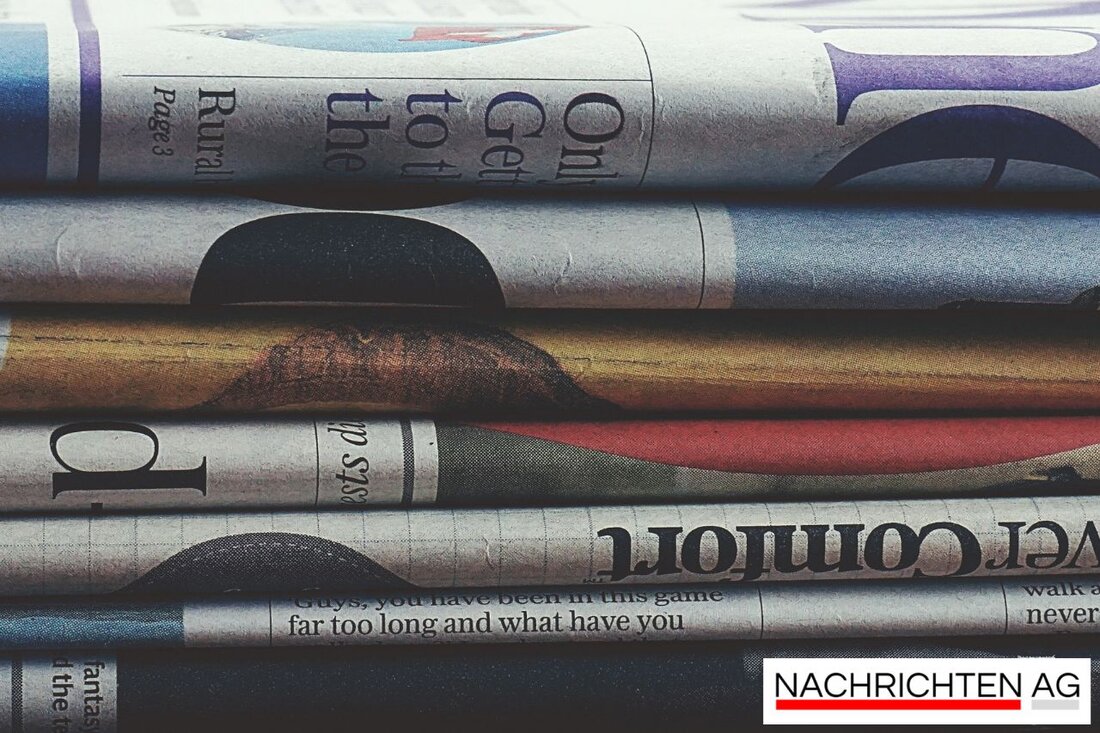Inclusion in the museum: accessibility for everyone on the way!
Inclusion in the museum: accessibility for everyone on the way!
Bernau, Deutschland - The Bernau Museum recently served as a host for the workshop "Inclusion & Barrier Freedom" of the Brandenburg Museum Association. Representatives of various museums came together to exchange ideas about existing offers and needs. A special focus was on practical experience: The participants simulated restrictions with the blind and special glasses in order to gain a better understanding of the challenges of people with disabilities. As Barnim Aktuell , historical buildings and museum pieces in the museum on the Steintor were explored to drive the inclusion.
dr. In this workshop, Manuela Gander from the Museum Association emphasized that it is not exclusively about creating a fully barrier -free museum, but above all about adapting museum education offers for all age groups and users. This includes measures such as direct addressing, labels in simple language and touch options for people with visual restrictions. The museum director Franziska Radom immorters the suggestions in her to-do list and is already planning concrete improvements.
planned measures and challenges
The Bernau museums are not entirely barrier -free due to their historical buildings, but improvements are now to be implemented. Specific projects that will be implemented this year include the optimization of the exhibition lettering, adaptation of the lighting and the use of audio guides. The specialist group "Inclusion and diversity" since 1995 has been supporting museums since 1995 to develop into inclusive and accessible institutions. The focus is on annual workshops for promoting professional exchange and advice.
a comprehensive approach for all
barrier -free museums have the task of reducing physical, mental, social and intercultural barriers. This includes various aspects that range from the structural accessibility to exhibition design to service offers and communication. Mobility impaired need ramps, lifts and barrier -free toilets; Hearing impaired people visual information such as sign language; And vision impaired people need orientation aids with strong contrasts and tactile help.
In order to ensure an inclusive placement work, it is crucial to actively involve people with disabilities in the development of offers. Cooperation with social institutions and sensitization training for disabled associations enable tailor-made offers that meet the needs of all. Cultural institutions that rely on diversity also benefit from the integration of technological aids that facilitate access to art.
In this context, special seminars on audio description and interactive multimedia guides are important steps in the right direction. The positive developments in the field of inclusion and accessibility are not only important for people with disabilities, but also enrich the museum experience for all visitors, regardless of their origin, gender or age, and create an environment in which art and culture are accessible to everyone. Developments in the Bernau Museum could be a role model for many other museums in Germany.| Details | |
|---|---|
| Ort | Bernau, Deutschland |
| Quellen | |


Kommentare (0)